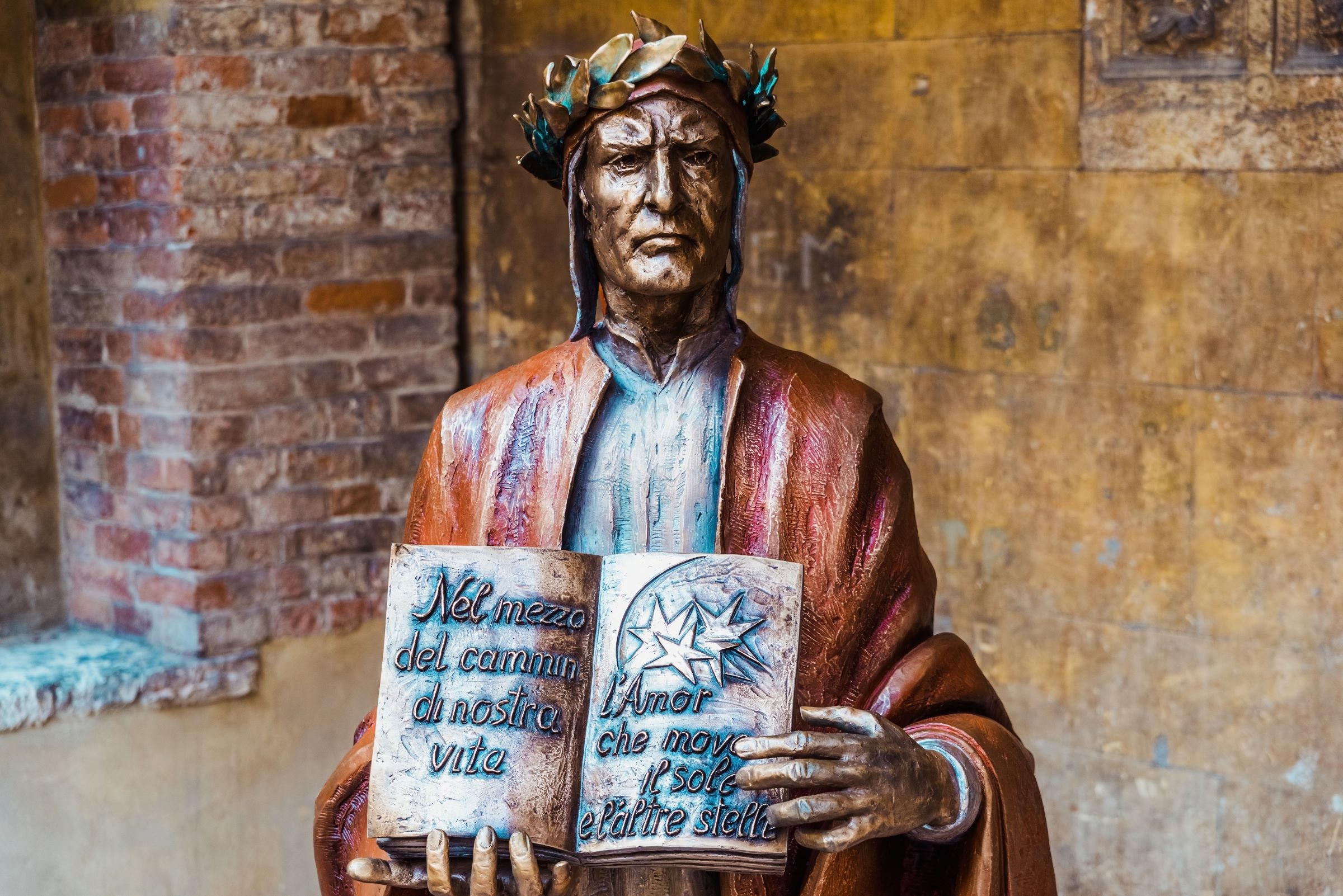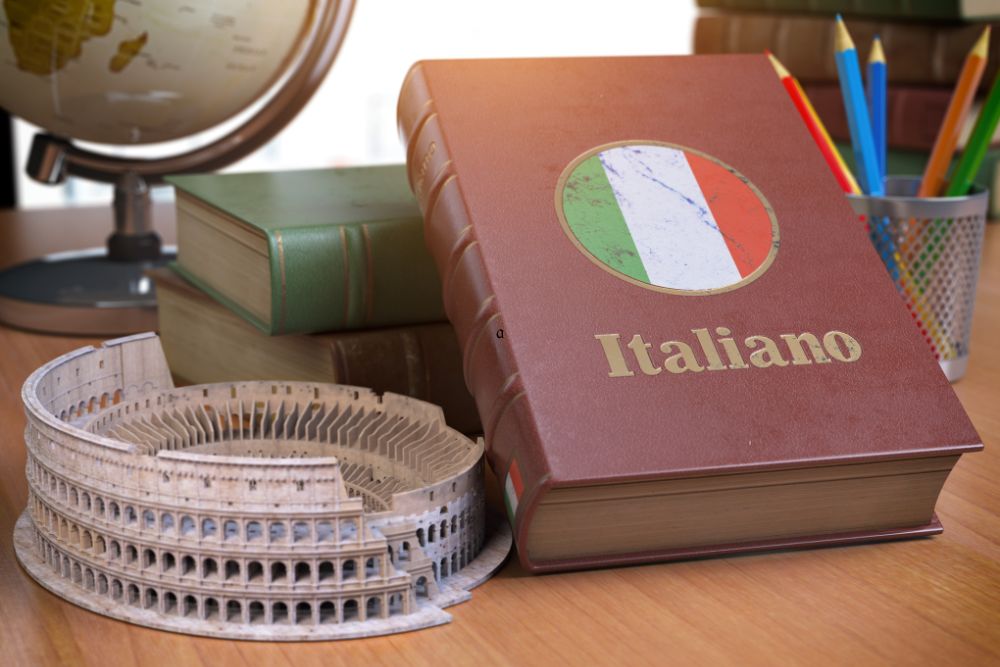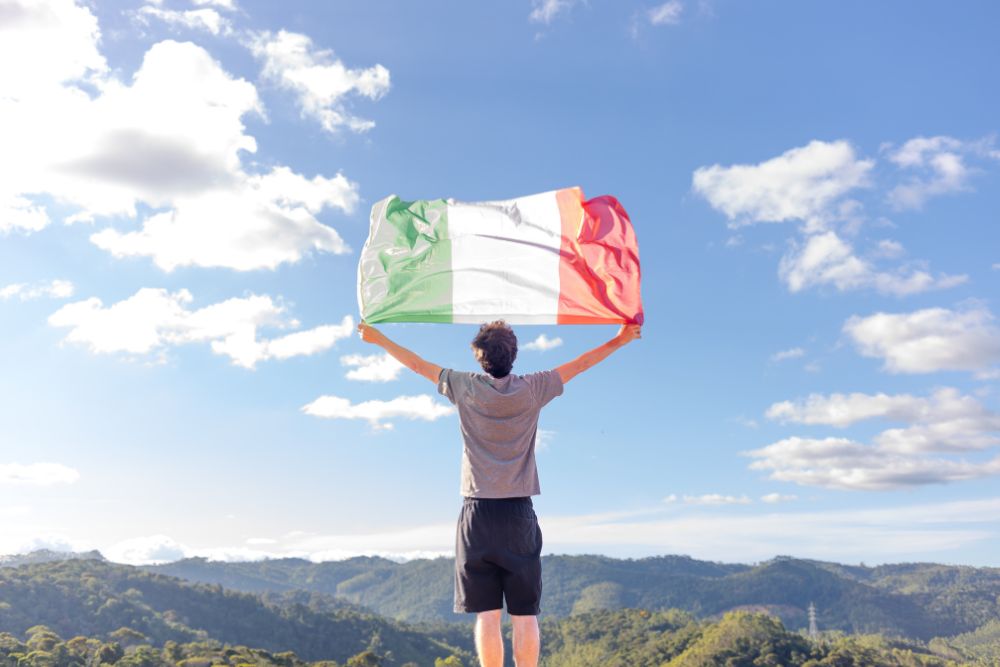The Italian language, celebrated for its musicality and cultural richness, has a history that stretches back millennia. Understanding the evolution of Italian from its Latin roots to the modern vernacular spoken today provides invaluable insights into the cultural and historical contexts that have shaped Italy.
For language learners, grasping this linguistic journey not only enhances appreciation of the language but also deepens cultural comprehension. Let’s explore the fascinating evolution of the Italian language, from its inception in ancient Rome to contemporary Italy, while looking at how Spaziolingua incorporates this historical perspective into its courses!
Latin roots and medieval developments
The origins of the Italian language are firmly rooted in Latin, the lingua franca of the Roman Empire. Classical Latin, used in literature, legal documents, and scholarly works, was the foundation upon which many Romance languages, including Italian, were built.
Latin’s structure, vocabulary, and syntax profoundly influenced the development of Italian, establishing a strong linguistic heritage.
Transition from Latin to vulgar Latin
As the Roman Empire expanded, so did the use of Latin. However, the Latin spoken by the common people, known as Vulgar Latin, began to diverge significantly from Classical Latin. This version of Latin, characterized by regional variations and simplified grammar, was the everyday language of soldiers, traders, and settlers.
The fall of the Roman Empire in the 5th century accelerated the fragmentation of Latin into distinct regional dialects, setting the stage for the emergence of the Italian language.
Early medieval Italian dialects
During the early medieval period, the Italian Peninsula was a mosaic of regional dialects, each influenced by various factors such as geography, local customs, and interactions with neighboring cultures. These dialects, while still recognizable as descendants of Latin, were often mutually unintelligible.
The diverse linguistic landscape of medieval Italy laid the groundwork for the rich variety of dialects that still exist today.
READ ALSO: Mastering Italian for travel: Essential language skills for exploring Italy
Test your level of Italian
Renaissance and the Standardization of Italian
Influence of Dante, Petrarch, and Boccaccio
The Renaissance period was pivotal in the standardization of the Italian language. Literary giants such as Dante Alighieri, Francesco Petrarch, and Giovanni Boccaccio played crucial roles in this process. Dante’s “Divine Comedy,” written in the Tuscan dialect, demonstrated the expressive potential of the vernacular and elevated it to the status of a literary language. Petrarch and Boccaccio further enriched the Tuscan dialect through their poetry and prose, setting a precedent for future writers.
Development of Tuscan as the Basis for Standard Italian
The choice of Tuscan as the basis for standard Italian was largely influenced by the cultural and economic prominence of Florence during the Renaissance. The Florentine dialect, with its relative simplicity and elegance, became the model for written Italian. This decision was cemented by the works of the aforementioned literary figures, whose masterpieces were widely read and admired.
Spread of Standard Italian through Literature and Education
The dissemination of standard Italian was facilitated by the printing press, which made books more accessible, and by the establishment of educational institutions that taught the Tuscan-based standard. Over time, this standardized form of Italian gained acceptance across the various regions of Italy, though regional dialects prevailed in everyday speech.

Contemporary changes through Media and regional variants
The 20th and 21st centuries have seen significant changes in the Italian language, driven by the rise of mass media and technology. Television, radio, and the internet have played crucial roles in promoting a unified version of Italian, reducing the dominance of regional dialects in public discourse. Additionally, technological advancements have introduced new vocabulary and expressions, reflecting the dynamic nature of the language.
Despite the influence of standard Italian, regional dialects and variations remain an integral part of Italy’s linguistic landscape.
These dialects, which vary significantly from one region to another, are often used in informal settings and serve as markers of local identity and heritage.
Understanding linguistic evolution for language learners
For language learners, understanding the historical evolution of Italian offers numerous benefits. It provides context for the language’s structure and vocabulary, making it easier to grasp grammatical rules and usage. Additionally, it deepens cultural appreciation, allowing learners to connect more meaningfully with Italy’s rich literary and historical heritage.
At Spaziolingua, we integrate this historical perspective in our courses, offering insights into the cultural and historical contexts that have shaped the language. This approach both enhances language proficiency and fosters a deeper connection to Italy’s cultural identity.
Embrace the journey of italian language evolution
Contemporary Italian continues to evolve, incorporating foreign words, especially from English, and adapting to cultural shifts. Young Italians, in particular, are at the forefront of linguistic innovation, creating new slang and expressions that reflect their experiences and global influences.
The evolution of the Italian language from Latin to modern Italian is a testament to Italy’s rich cultural and historical tapestry. Understanding this linguistic journey enriches the learning experience, providing context and depth to language acquisition.
At Spaziolingua, our intensive italian courses are designed to offer this comprehensive perspective, making language learning both engaging and culturally immersive. We encourage you to explore our courses and embark on a journey through the fascinating evolution of the Italian language!







